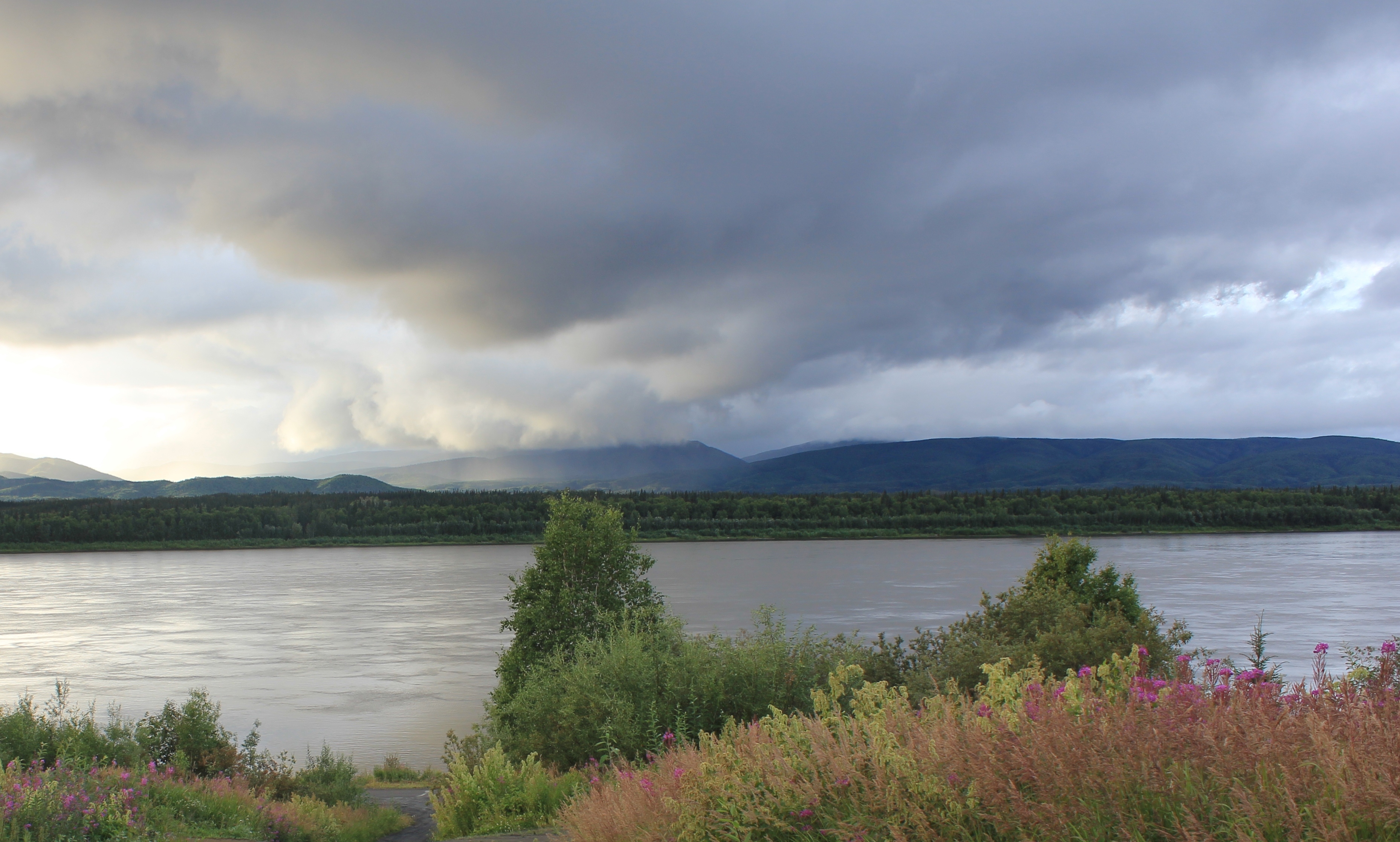Fixing the world’s Arctic apathy gap
How film can galvanize support for climate action.

We are losing the Arctic, and nobody cares.
Two years ago at a Russian Arctic forum, Finland President Sauli Niinistö reiterated what has become a mantra for those involved in the region: “If we lose the Arctic, we lose the whole world.” The same fears were shared at this year’s Arctic Circle Assembly, held in Reykjavik. While it’s clear Arctic leaders are deeply worried about the state of affairs, it is far less obvious whether the rest of the world shares their concern.
For most people unfamiliar with the region, the Arctic is probably synonymous with an ocean, a sheet of ice floating on top of that ocean that melts each summer, and perhaps some polar bears and Indigenous communities braving life on the ice. But the reality is much different, and it’s this gap between perception and reality that is preventing serious action on climate.
One of the most alarming events in the Arctic is what’s happening on land; as frozen permafrost thaws at an increasingly rapid pace, it is creating potentially disastrous consequences for the planet. The pricetag is equally disastrous: the latest study shows melting permafrost (along with ice and snow loss) could cost the global economy almost $70 trillion if we do nothing.
Roughly 4 million people live in Arctic and sub-Arctic communities on solid ground, many of which are surrounded by rivers and sitting on top of the rapidly thawing permafrost.
It’s releasing harmful methane gas into the air, a fact that is well-documented and understood by many policymakers. But the thawing permafrost is also releasing tons of sediment into hundreds of Arctic rivers. This is wreaking havoc on biodiversity and the communities who depend on Arctic fisheries, creating alarm among the scientists researching the issue.
Worst of all, thawing permafrost is threatening entire Arctic villages, jeopardizing their future. But this part of the climate problem is only important if the world knows these communities exist, and if the world cares about their survival.
The stakes are high for losing the Arctic. At the same time, the rest of the world is doing a horrible job at caring. Most people don’t even know there are rivers in the Arctic, let alone people.
So how can we get people to care? More specifically, what actions can we take right now so the rest of the globe pays attention to what’s happening in the Arctic?
One idea is to utilize the power of film. By organizing river expeditions and filming the journeys, we can witness the permafrost melt firsthand, hearing directly from impacted communities on the way. These expeditions would involve scientists, policy experts, community leaders, and a film crew. Paddling along one of the many great Arctic Rivers, expedition teams would learn about what’s happening while the film crew captures the raw beauty of an Arctic few have ever seen.
Notable people with a hunger for adventure would join these expeditions. These global celebrities would lend their fame to the effort, helping to captivate a global audience. Ultimately, the mission of these expeditions and films is straightforward: We must get the world to care about the Arctic before we lose the Arctic and, as a result, the globe.
Filmmaking is a powerful tool for social change, if it’s done right. Local communities could benefit from the increased visibility about infrastructure needs, environmental concerns, or ways they are engaging Arctic youth. Tourism operators can use the films to boost business, supporting an industry that added over $100 million to revenues in Canada’s Northwest Territories and hold much promise for the region. Researchers who participate in these expeditions, like the team at the Arctic Great Rivers Observatory, can benefit by increased public attention to their work. Finally, by bringing policy experts on board we can better advocate for sound policymaking that is forward-thinking and prioritizes local needs expressed by community leaders during the expeditions.
Some may argue filmmaking is not the answer. After all, most films are primarily about entertainment. Films are distractions from the complexities of the real world, not solutions to them. Instead, critics argue, what we really need is improved dialogue amongst stakeholders.
Dialogue may be a better long-term solution, but we can’t get there if nobody’s paying attention. Geographic limitations greatly reduce the chances of any in-person exchanges between Arctic and non-Arctic communities. The same goes for stakeholders shaping Arctic policy, like researchers and government leaders.
We are running out of time. Before we can convince the world’s policymakers to take the drastic actions needed to curb greenhouse gas emissions and eventually slow the thaw of permafrost, we first need to get people to care. Generating worldwide empathy about the Arctic is step one in the long game of chess to win against climate change.
President Niinistö of Finland is right to say that if we lose the Arctic, we lose the globe. But perhaps we can use the power of film to give rise to a new mantra: If we share the Arctic, we can save the globe.
Patrick J. Lynch is a lawyer, filmmaker, and Louis Bacon Environmental Leadership Fellow at Harvard Kennedy School’s Center for Public Leadership, where he is completing a Master in Public Administration.

The views expressed here are the writer’s and are not necessarily endorsed by the Arctic Initiative or ArcticToday, which welcomes a broad range of viewpoints. To submit a piece for consideration, email commentary (at) arctictoday.com.